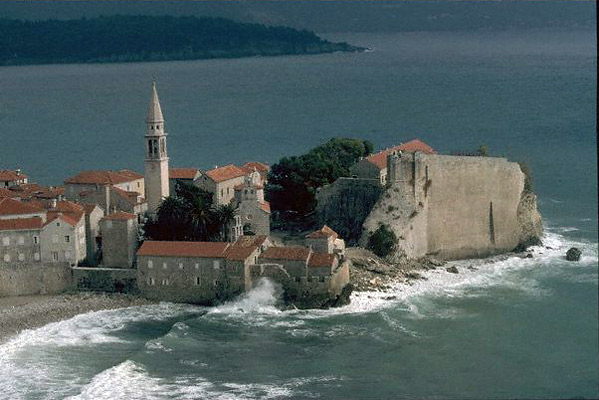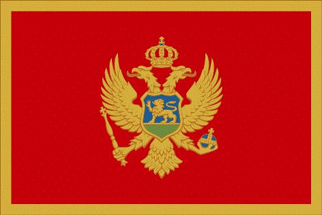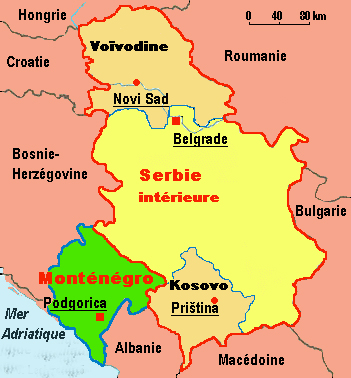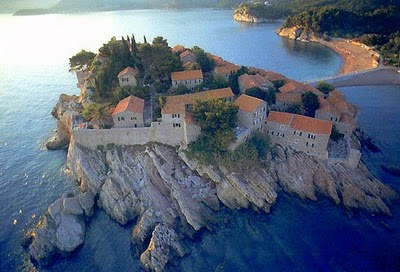
MONTENEGRO
2 days 2 nights|
Day 13 October 04, 2011 Budva |
Evenıng arrival to Montenegro O/N in Budva There is vast archaeological evidence that places Budva among the oldest urban settlements of the Adriatic coast. Substantial documentary evidence provides historical references dating back to the 5th century BC. |
|
Day 14 October 05,2011 Budva -Back to Budva. |
Cetinje - Podgorica – Budva Full day excursion to Cetinje - the royal Montenegrian city and Lovcen National Park with Njegus mausoleum. Back to Budva. O/N in Budva |
 MONTENEGRO
MONTENEGRO
Montenegro was founded as a state under its present name in 15th century, continuing the tradition of the Slavic state of Duklja. It was able to maintain its independence during the reign of the Ottoman Empire in the Balkans, its independence was formally acknowledged at the Congress of Berlin in 1878. After the World War I, fighting for the Allied powers, it was absorbed into the Kingdom of Serbs, Croats, and Slovenes, which later became the Kingdom of Yugoslavia in 1929. Montenegro was also later part of various incarnations of Yugoslavia, until it regained its full independence from the federation of Serbia-Montenegro on June 2006 referendum. Montenegro was the only subsequent republic of the former Yugoslavia that supported Serbia during the wars of the Former Yugoslavia in the 1990's.
| Quick Facts about Montenegro | |
| Capital | Podgorica |
| Government | Republic |
| Currency | Euro (EUR) |
| Area | 13,812 sq km |
| Population | 684,736 (July 2007 est.) |
| Language | Montenegrin |
| Religion | Orthodox Christian 74%, Muslim 17% |


